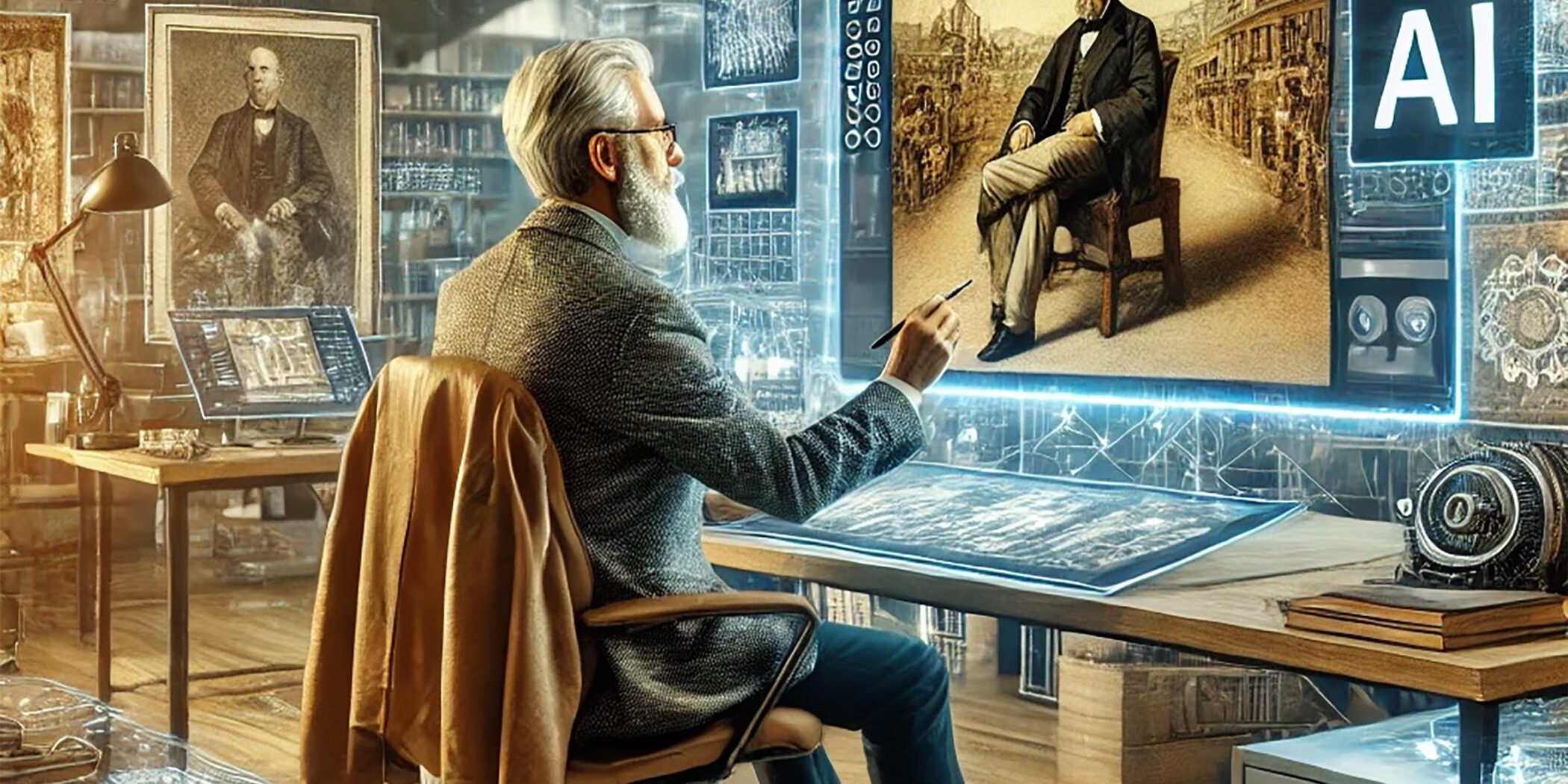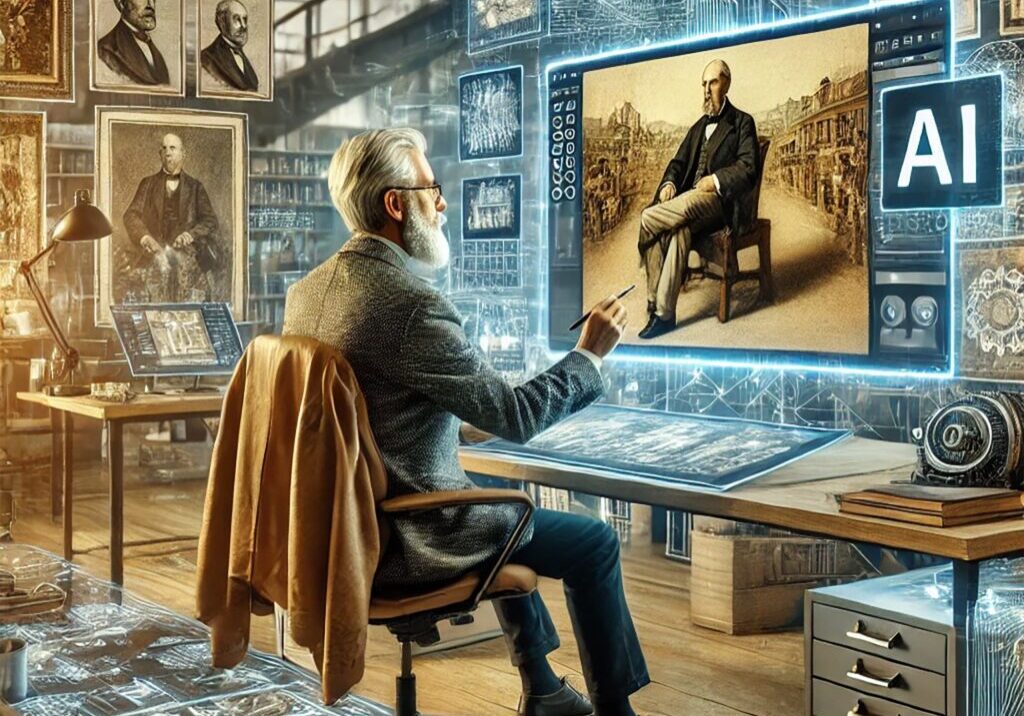
Betsy Ross and the Threads of a New Nation
Introduction
She didn’t lead troops. She didn’t debate in Congress. She didn’t sign declarations. But she shaped a symbol that endures to this day. Betsy Ross’s role in American history is often tucked beneath legend- threaded through with myths, stitched with uncertainties.
Did she design the first flag? Did she meet with Washington? History doesn’t confirm it outright. But what is clear is this: she sewed more than fabric. She helped give form to a nation still becoming itself. Her needlework came not from ceremony, but from craft. And in that quiet labor, the new republic found something it desperately needed- an image that could unify its cause. Ross in the Mural In the 250th Anniversary Mural, Betsy Ross is shown in a small interior scene- hands guiding thread, fabric stretched across her lap, light falling softly over stars in formation. She is not alone. A child stands nearby, and the suggestion of visitors just outside the frame implies collaboration, not isolation. It’s not the moment of invention.
It’s the moment of translation- where a nation’s ideals become visible, sewn line by line. Her vignette lies adjacent to those depicting the Declaration and early military formations. The placement reflects the truth: flags don’t fight, but they gather. They give people something to stand under- and something to stand for. The Historical Core The popular story goes like this: in 1776, George Washington and members of a congressional committee visited Betsy Ross, a Philadelphia upholsterer, and asked her to create a flag. She suggested five-pointed stars instead of six. She sewed the first American flag.
This story comes primarily from Ross’s descendants, recounted decades after the war. Records are sparse. But Ross was a known artisan. She did sew flags for Pennsylvania’s navy. She did run her own upholstery shop. And she did live at the crossroads of revolution and craft. Whether or not she designed the first flag, she was unquestionably part of the generation that stitched rebellion into reality. What the Flag Meant Then The American flag wasn’t a brand. It was a signal. It told those watching from ships or across fields that something new had emerged- a union of thirteen colonies, linked in purpose.
The stars and stripes weren’t standardized until later, but the early flags carried enormous symbolic power. In a landscape of regional loyalties, they offered cohesion. In the chaos of war, they offered orientation. Flags were sewn by hand. Every one slightly different. But each carried the same idea: this is who we are now. The Power of Symbols in Formation Symbols are most powerful at their origin. Before they are mass-produced, before they appear on buildings or clothing, they are intimate. They are made slowly, with intent. That’s what makes Betsy Ross’s story so resonant. Not because she sewed the most famous flag. But because she worked in the space where identity meets expression. She didn’t need a battlefield to change history. She just needed a needle, fabric, and a moment to thread them together.
Why It Still Matters
The story of Betsy Ross matters not because it proves a legend, but because it reveals something deeper- that revolutions are not only made by those who speak loudest or fight hardest. They are shaped by those who carry the symbols forward. She represents the quiet architecture of patriotism- the kind built in homes, sustained in craft, and carried in the hands of those who believe a nation must be made visible before it can be defended. And for that, she remains stitched into the American story.
Further Reading / Explore More
In the mural, the Ross vignette is one of subtle resonance. It does not try to magnify her legend. It honors her presence. Her stitching is shown in continuity with the acts of assembly, protest, and leadership around her. It’s not background. It’s binding.
Related Blog: The Signing of the Declaration: One Signature, Many Risks Mural Link: https://usa250thanniversarymural.com Tags: Betsy Ross, American Flag, Revolutionary Symbols, Colonial Craft, Patriotic History, Flag Origins, 250 Mural, Revolutionary Women, Early American Identity, Symbolism in Revolution

